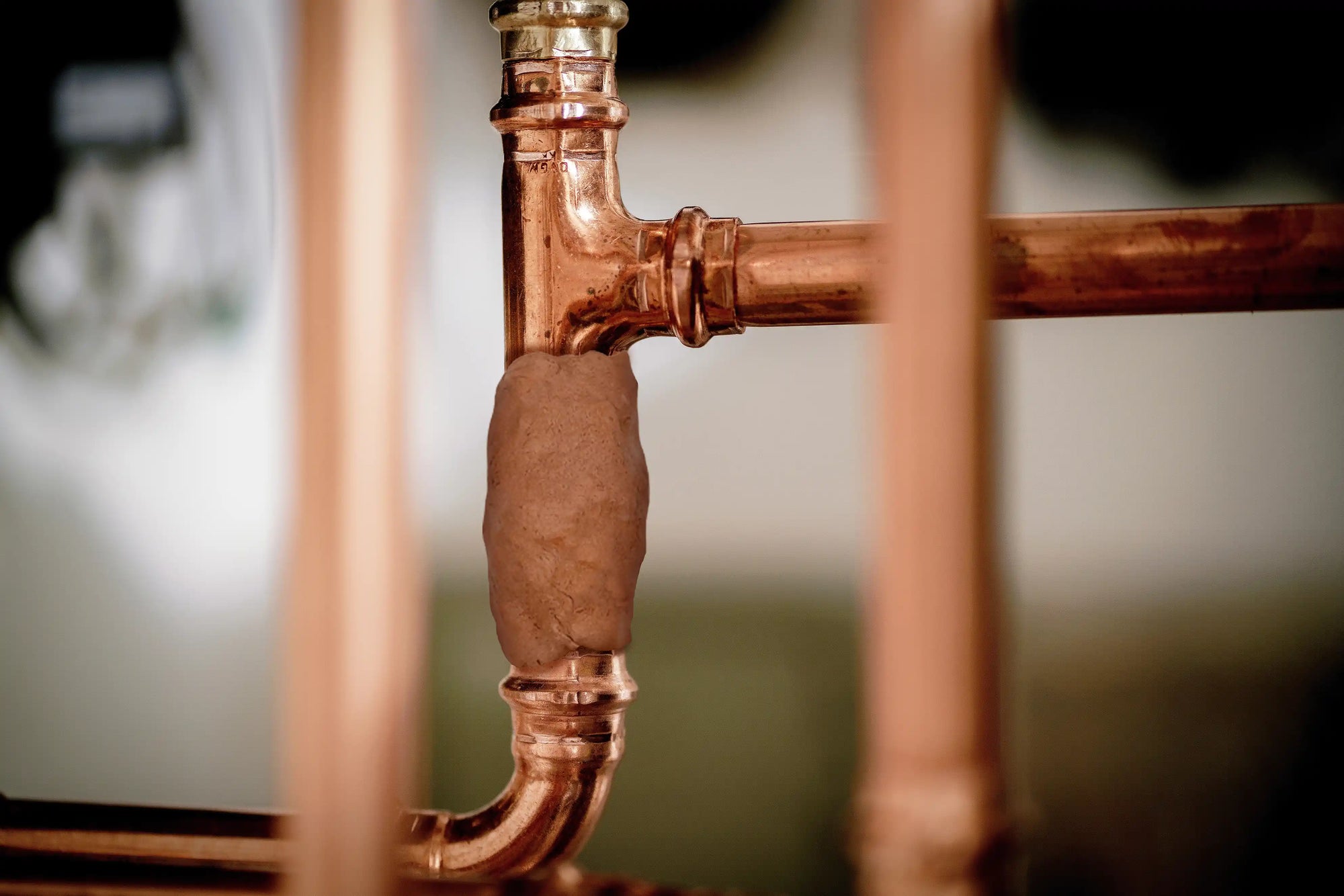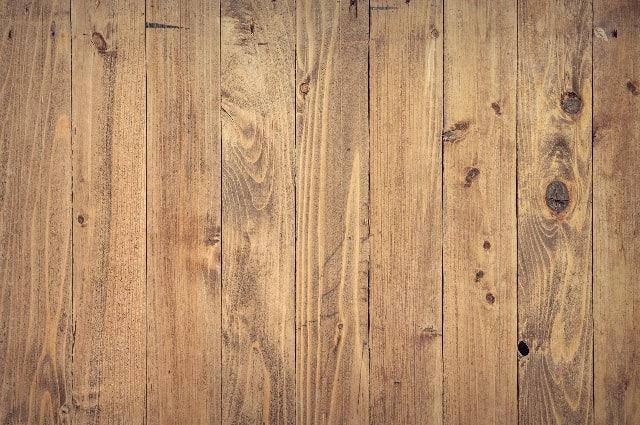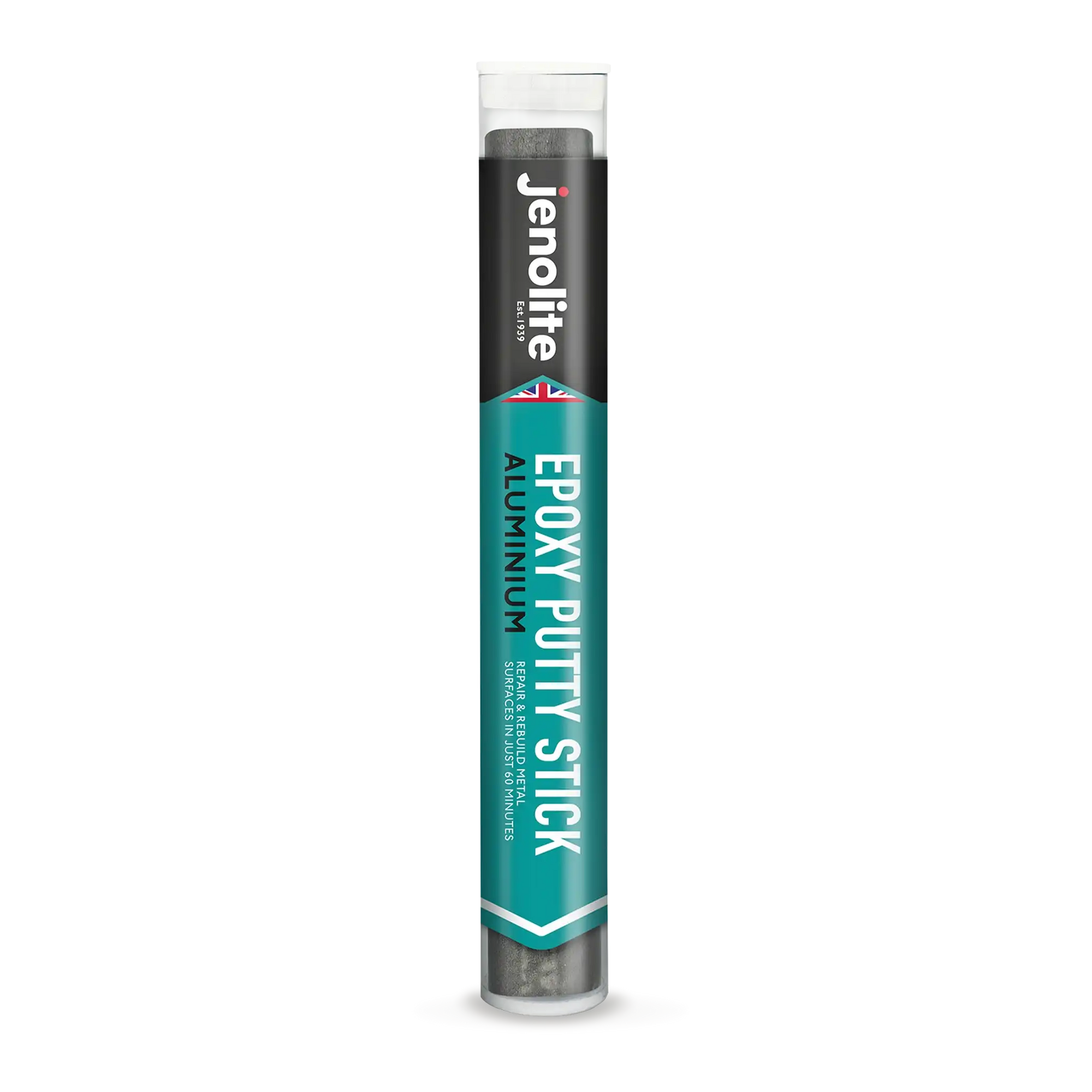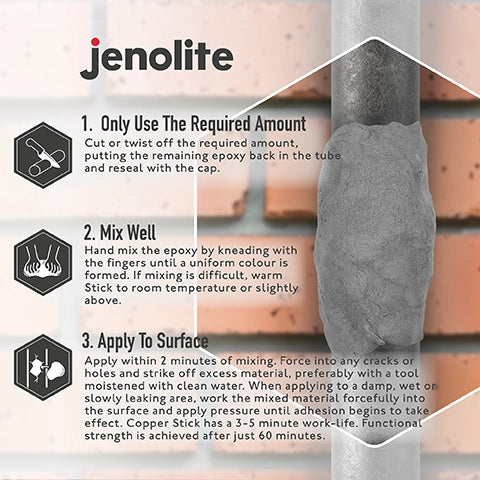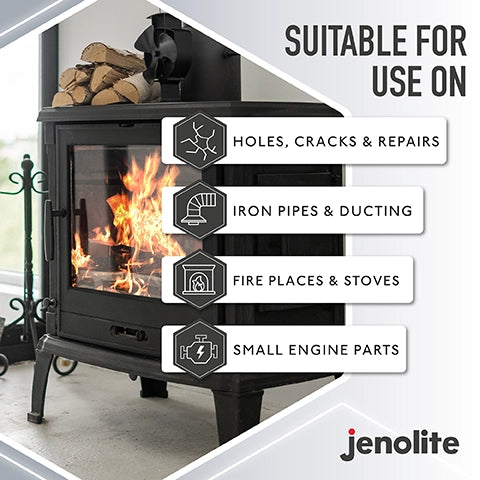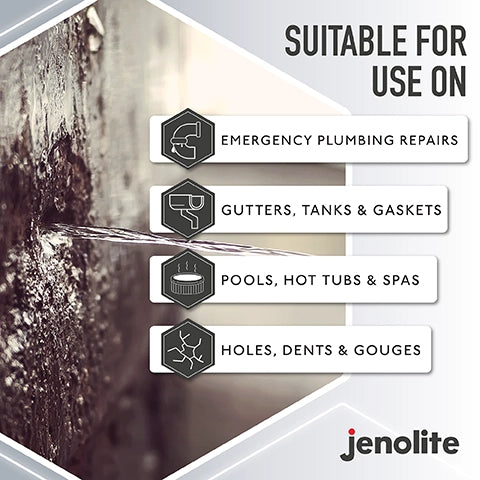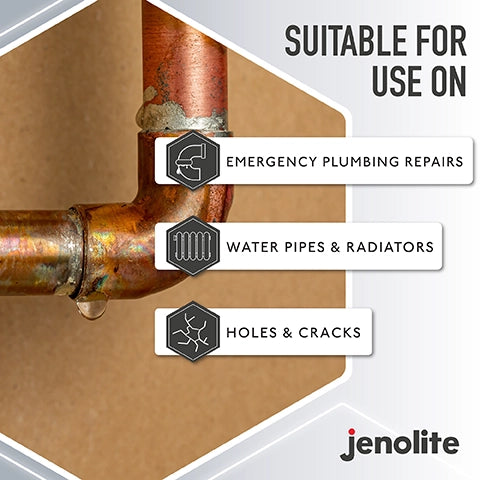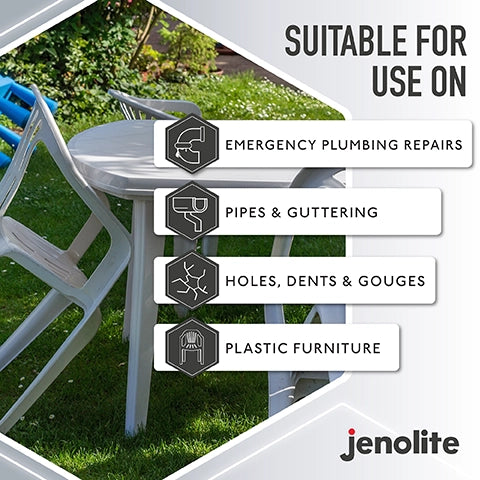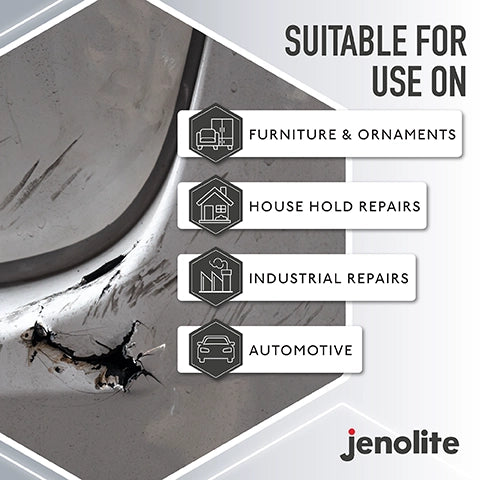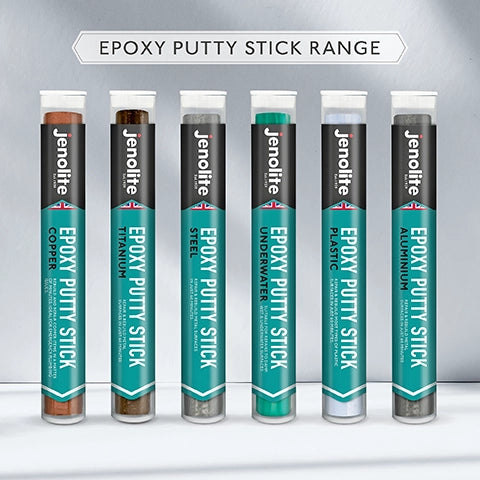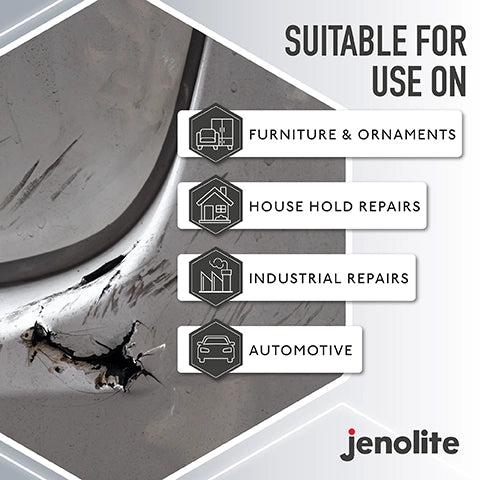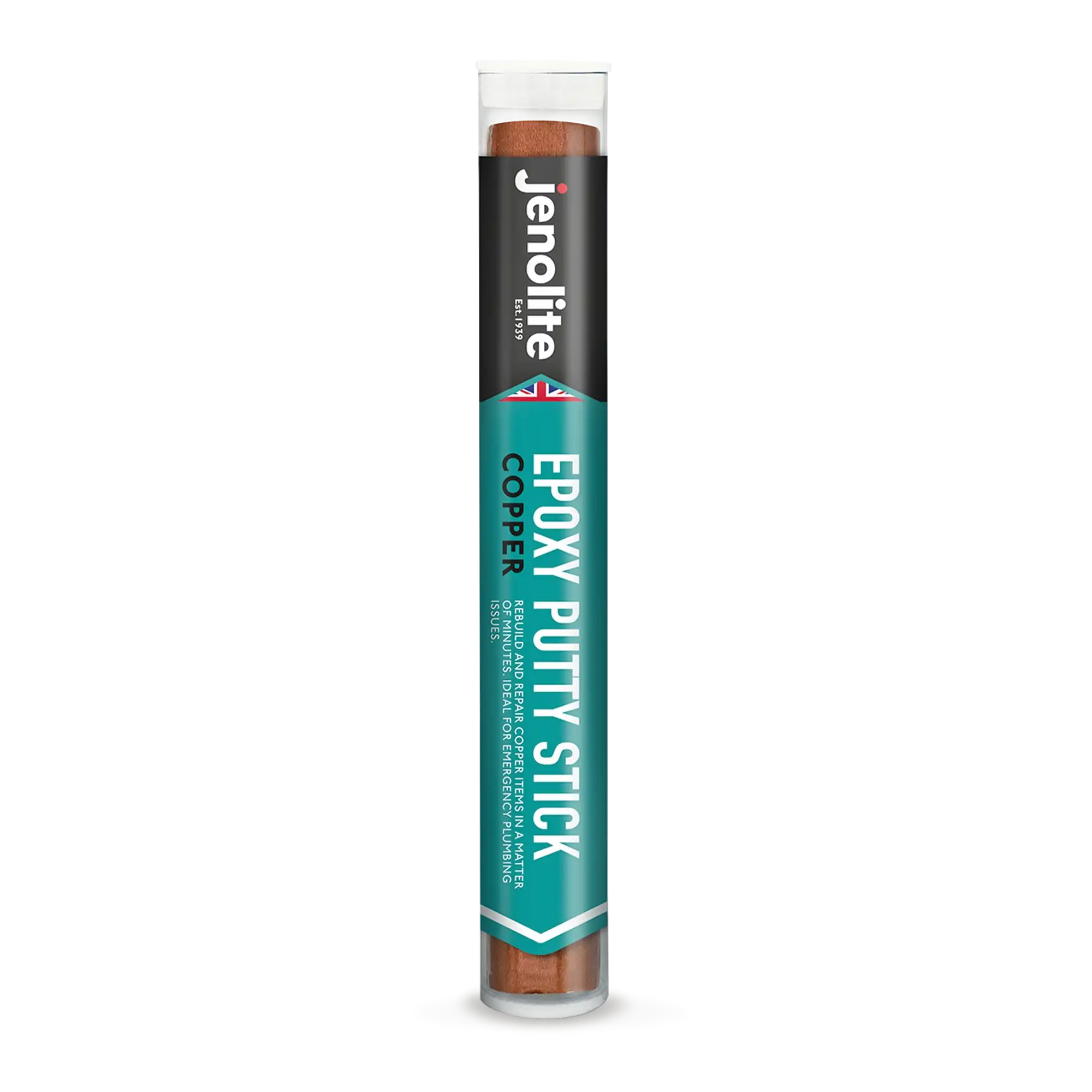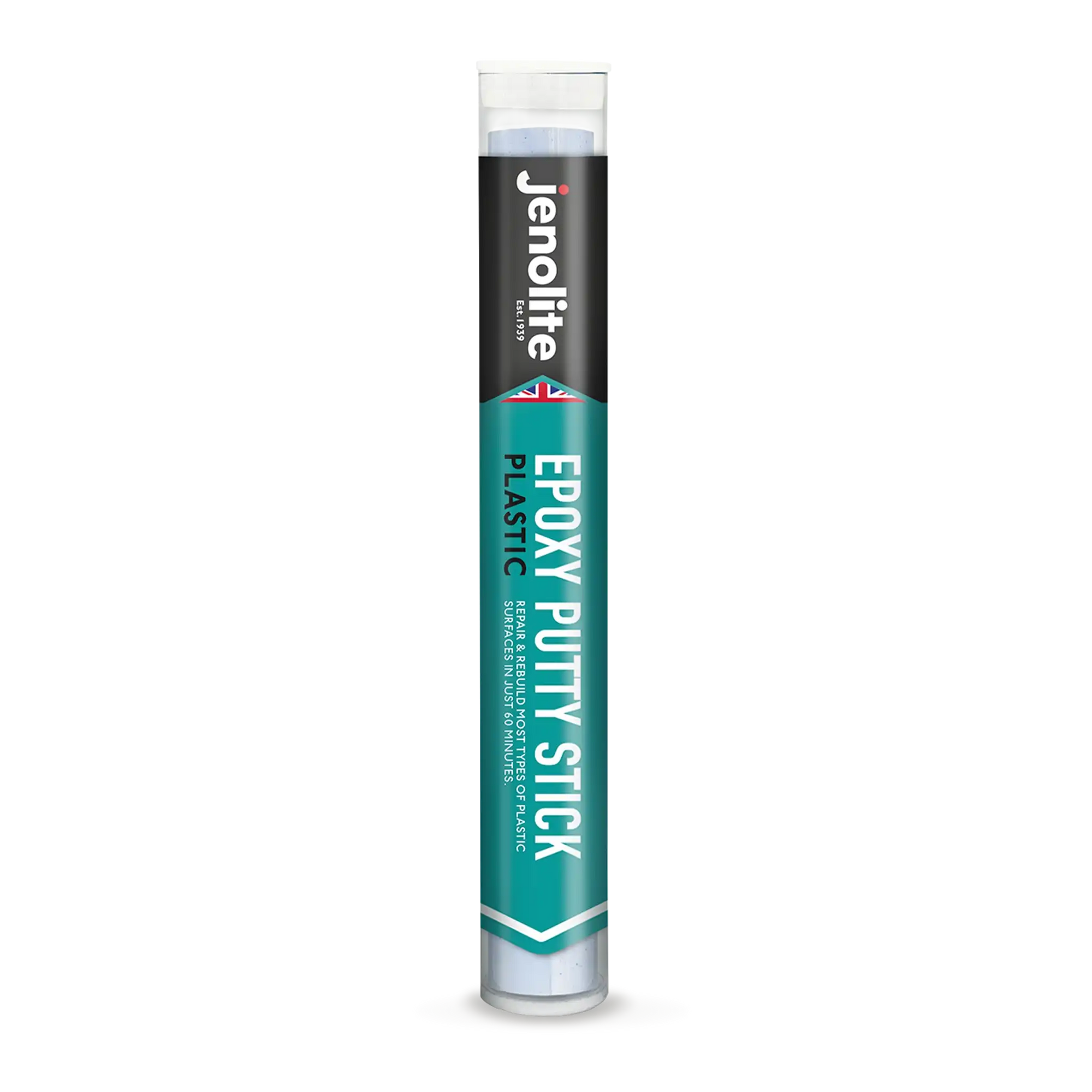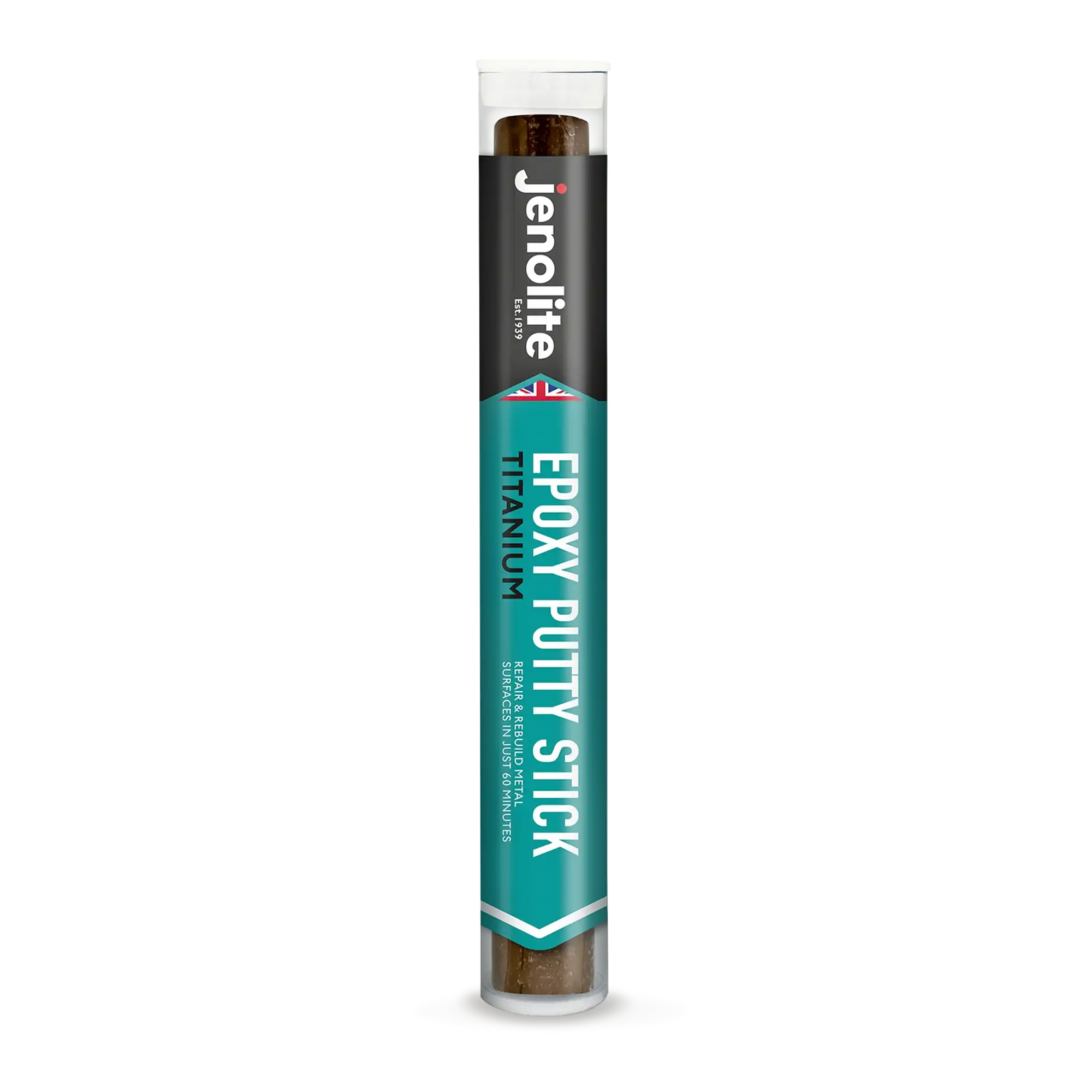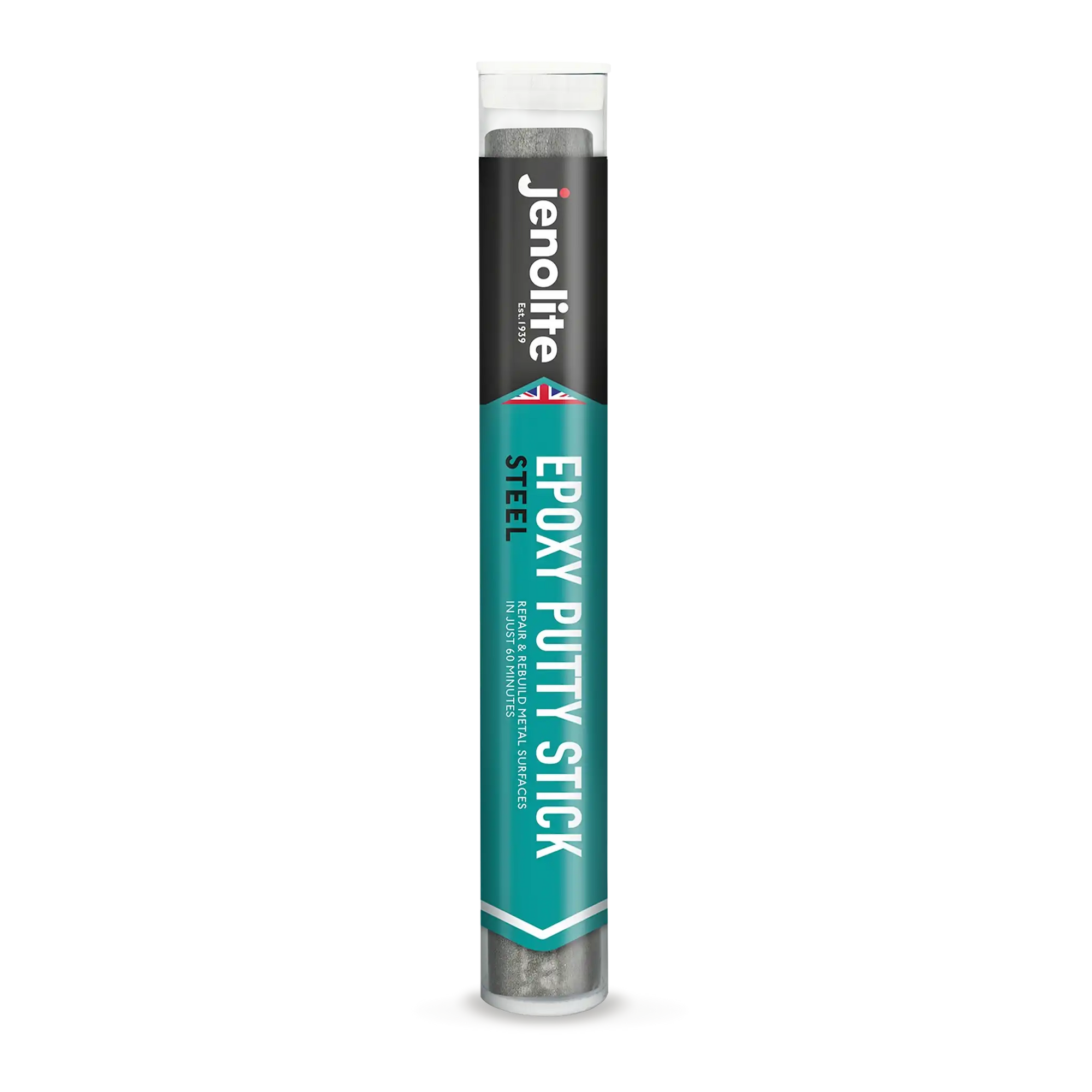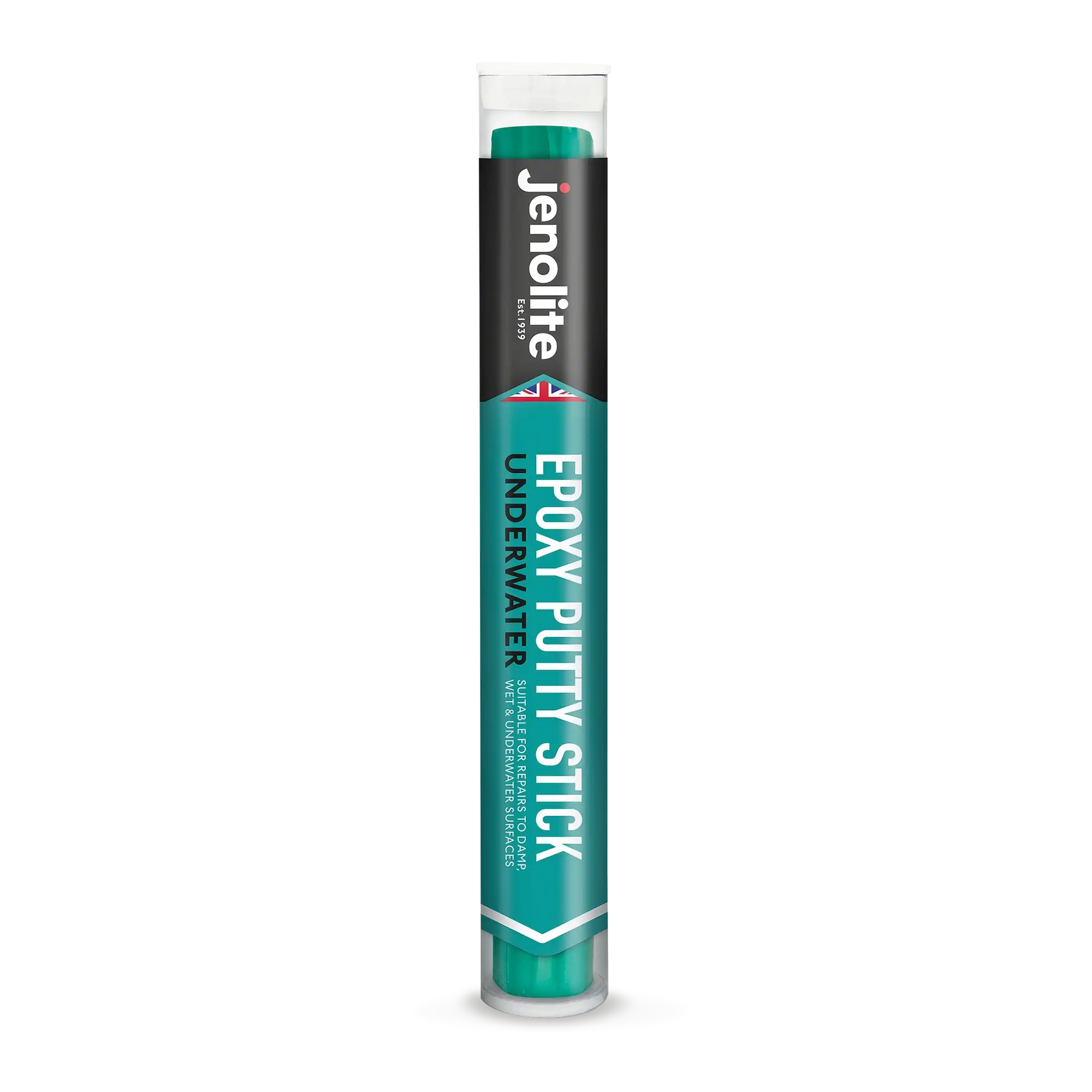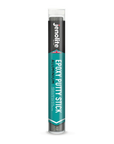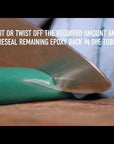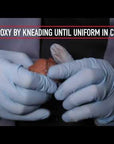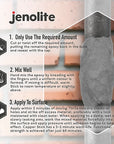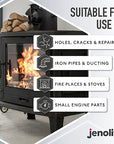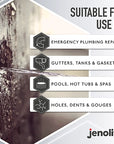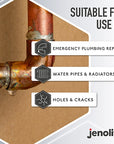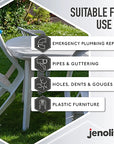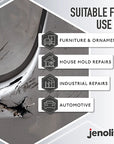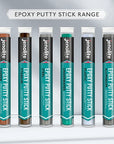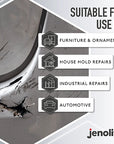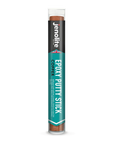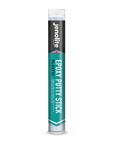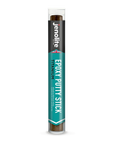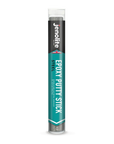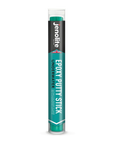The invention of the epoxy putty stick was a giant step forward, especially for do-it-yourselfers. To use them to their full advantage, make sure you pick the stick best designed for the specific repair job you’re about to do! Epoxy putty have recently become popular with 3D modelers who use the flexible material for filling gaps, cracks and imperfections in 3D printed models. It's typical use however is in domestic construction and repair as a sealant or filler. This article aims to help you understand more about this product and what it can and can’t do.
What is the history of Epoxy?
First, a bit of background: Epoxy putty sticks were invented by an entrepreneurial chemist in 1973. Several different ways of combining the two ingredients (the epoxy and the hardener) were tried, and the ultimate answer was a cylinder within a cylinder. The inner cylinder was the hardener, and the outer was the epoxy. This design keeps the two parts from reacting with one another until the putty is mixed. The hardener, which goes bad when exposed to air, was protected by the outer epoxy. This design lengthens the shelf life of the product.
The user simply cuts off as much as they want (giving the perfect amount of each ingredient), then kneads the coloured ingredients until they reach a consistent colour, ready for application. Using that technology, a whole line of application-specific epoxy putties was developed for a wide variety of uses. Today, there are specific products for the repair of wood, steel, concrete, aluminium, copper, plastic, and fibreglass, as well as a generic repair putty. A version for fibreglass repair that contains fibreglass actually bonds and cures underwater. While the original technology has been refined over the years, the basic principles remain the same.
What are they used for?
While epoxies are often used as adhesives, epoxy putties perform best when used as a permanent filler, replacing some other material that has been broken off, gouged out, or worn away from another product. They are not intended to perform tasks such as:
- Towing and hauling very heavy loads.
- Solving structural problems almost instantly, such as gluing a heavy shelf onto a wall.
- Replacing the common adhesives that glue paper together.

The best epoxy sticks are designed for specific end uses. Here the generic epoxy stick sinks to the bottom, while the stick made specifically to repair wood actually floats.
Unfortunately, the hyperbole all too common with epoxy sticks. One American TV infomercial indicates that its epoxy stick can stick a heavy shelf to a wall in seconds or be used to haul an "80,000-pound truck". Reputable manufacturers neither make such claims nor suggest such applications.
Epoxy sticks have thousands of uses and, when used for what they are designed, perform wonders. They are perfect for plugging knot holes in wood, replacing or rebuilding pieces broken off surfboards, filling chips in concrete, plugging holes in metal and plastic piping, closing breaks in metal gutters... the list is endless.

The epoxy stick designed for steel actually contains steel, so an ordinary magnet picks it up. The generic epoxy stick has no steel, so it is not only less strong but cannot recognise the magnetic force.
One size does not fit all
If you decide to purchase an epoxy stick, remember that reputable manufacturers have tailored their products to solve specific problems. A few examples:
- An epoxy stick for patching concrete that actually contains stone aggregate, giving an appearance that resembles concrete.
- An epoxy stick designed for wood repair that comes in various colours to match different woods. It can be sanded and stained or painted.
- An epoxy stick that contains steel for patching metal that is designed to adhere to steel and is magnetic. Note: Some epoxy sticks are coloured to appear as if they contained steel or other materials but do not.
- An epoxy stick for repairing boats that can be applied underwater while the boat is floating since it cures and creates a strong bond even if submerged. There is a wide variety of specialty epoxy sticks, each tailored to maximise its benefits for a specific task. No one generic stick is as good as any of the individual sticks.

Note the first graph, which compares the bond strength of an epoxy stick designed for steel versus a generic stick. The steel stick has more than twice the strength of the generic. So, if bond strength with metal is what you want, avoid the generic brands.

Now look at the second graph, which compares the bond strength when applied underwater of the epoxy stick tailored for that type of application versus the generic stick. It’s more than 20 times stronger.
How to get the most out of an epoxy putty stick
Above all, choose the best stick for the job at hand (note: multi-purpose sticks are fine for some applications). You will usually find a specialty stick tailored for your repair job. In addition, follow these simple guidelines:
- Clean and prepare the surface to ensure good adhesion.
- Wear gloves while mixing (disposable rubber gloves are ideal). They help keep the putty clean as they protect your hands.
- Mix the two ingredients thoroughly. Make sure the putty achieves a uniform colour before applying.
- Pay attention to the cure time in the instructions. Waiting too long to use can reduce the effect you want.
- Apply pressure on the repair. Clamping a joint or applying pressure makes the bond stronger by assuring maximum surface contact.
- Be patient before returning the repaired part to service. Some putties continue to cure (and strengthen) over a few days.
- Protect the unused portion carefully. Resealing the package to prevent extra exposure to air helps save the putty for future use.
- Embellish the repair. A great benefit of these products is that they can be shaped, sanded, drilled, and painted to give you precisely the appearance you want, helping hide the fact that the part has been repaired.
The Jenolite range of epoxy putty includes, Plastic, Titanium, Aluminium, Steel, Copper and Underwater sticks. Specialty sticks tailored for specific tasks outperform generic alternatives, as illustrated by the bond strength comparisons in the graphs.
To maximise the benefits of epoxy putty sticks, users should select the appropriate stick for the job, clean and prepare the surface, wear gloves during mixing, ensure thorough mixing for uniform colour, follow curing time instructions, apply pressure for stronger bonds, exercise patience before returning the repaired part to service, and carefully protect the unused portion for future use. These products can be shaped, sanded, drilled, and painted to achieve the desired appearance, making them a valuable tool for do-it-yourselfers when chosen with care for specific repair needs.

